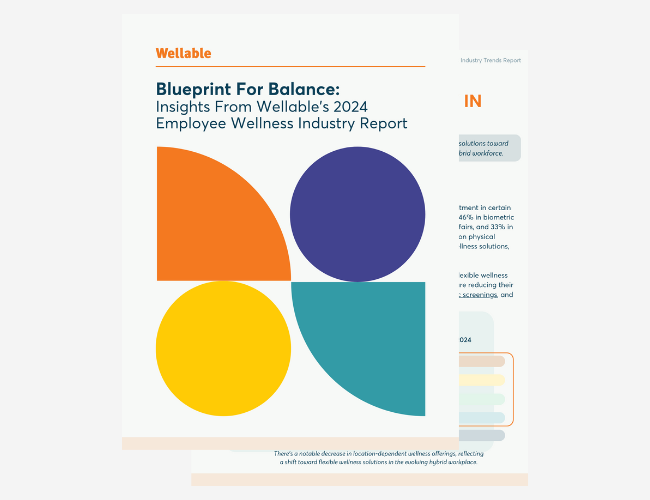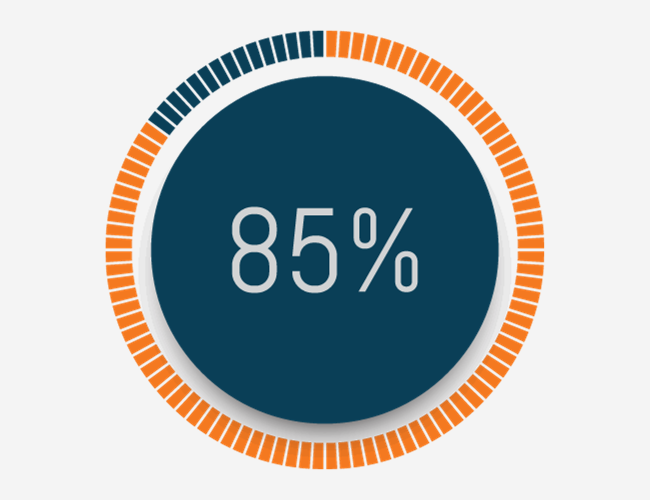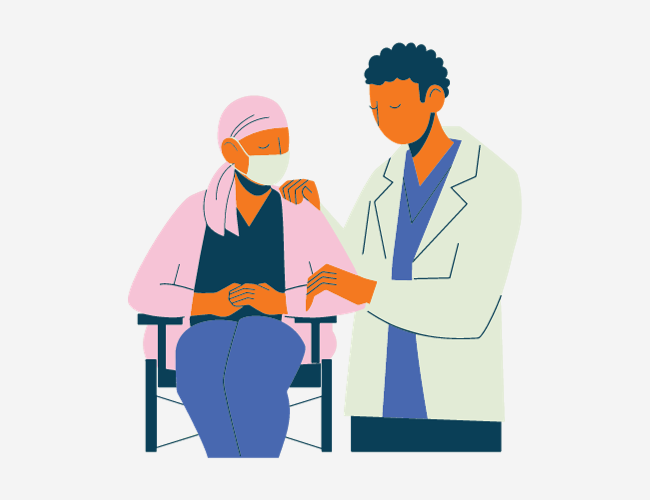For many of us, it is easy to think that everyone has access to and uses the internet. Unfortunately, this is not the case. Thankfully, a Pew Research Center survey helps identify which demographic variables, including age, educational attainment, household income, race and ethnicity, and community type, are associated with a lack of internet use.
 Of the 15% of U.S. adults that do not use the internet, 34% did not go online because they had no interest in doing so or did not think the internet was relevant to their lives. Another 32% of non-internet users said the internet was too difficult to use, including 8% of this group who said they were “too old to learn.” Cost was also a barrier for some adults who were offline – 19% cited the expense of internet service or owning a computer.
Of the 15% of U.S. adults that do not use the internet, 34% did not go online because they had no interest in doing so or did not think the internet was relevant to their lives. Another 32% of non-internet users said the internet was too difficult to use, including 8% of this group who said they were “too old to learn.” Cost was also a barrier for some adults who were offline – 19% cited the expense of internet service or owning a computer.
These numbers are important to employers, especially those with non-office-based employees. As wellness technology offerings continue to grow in the market, employers need to understand which employees will be unable to access these solutions on a regular basis. Participation is critical to the efficacy of wellness programs. Fortunately, the data suggests that many of the non-internet users are out of the workforce and/or in rural environments, which also don’t have large concentrations of employers. Income and education levels are also correlated to internet use.
For those employers who will be challenged by non-internet users or employees without smartphones, there are ways for these organizations to promote health and wellness at their organizations. Some of these programs include text messaging health tips (Pew also shows us that 92% of U.S. adults now have a cellphone of some kind), having seminars, and providing flu shots. The key takeaway from this study is that employers must design programs for their employees and understanding their technology preference is a critical component of the design process.












